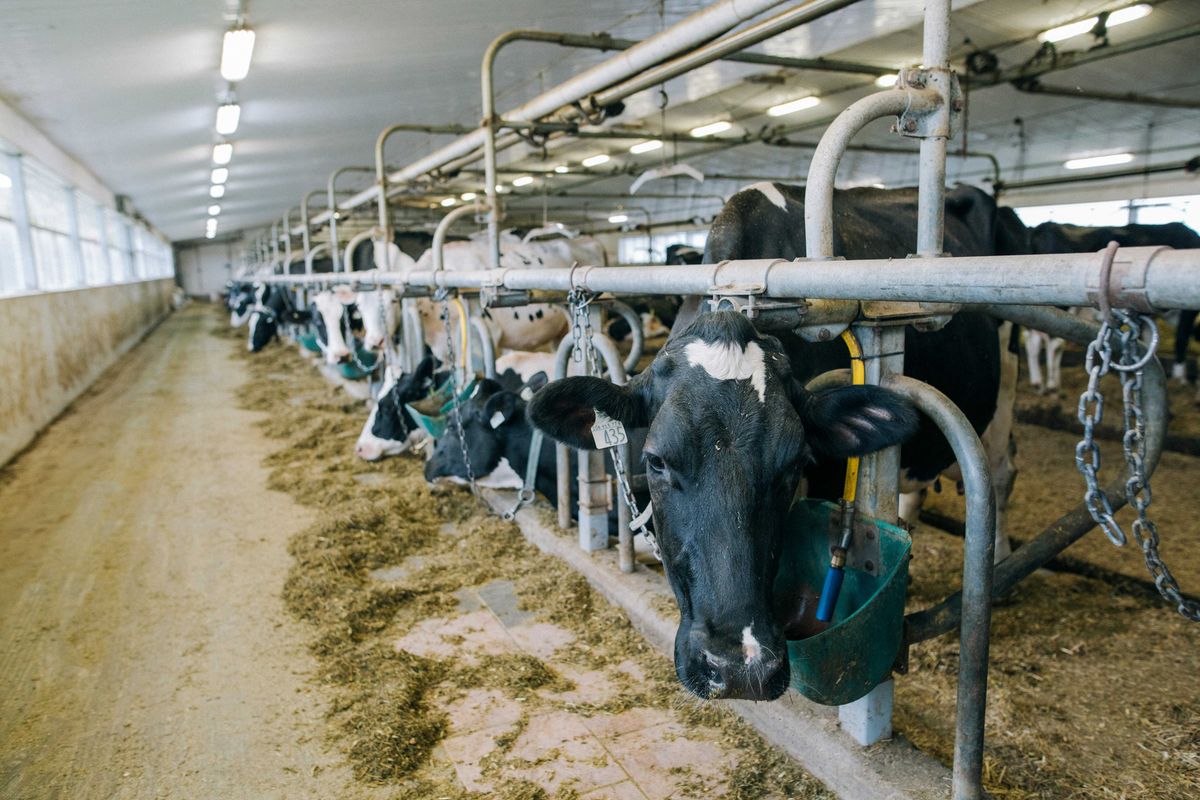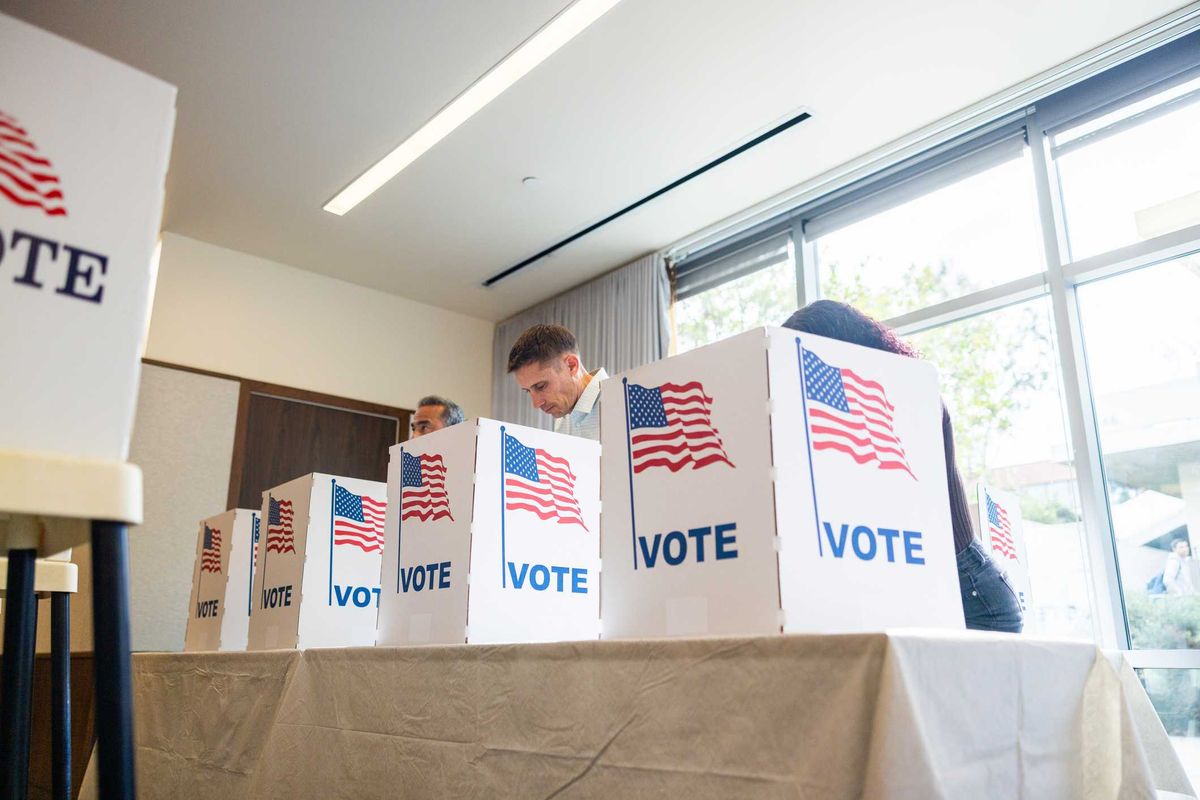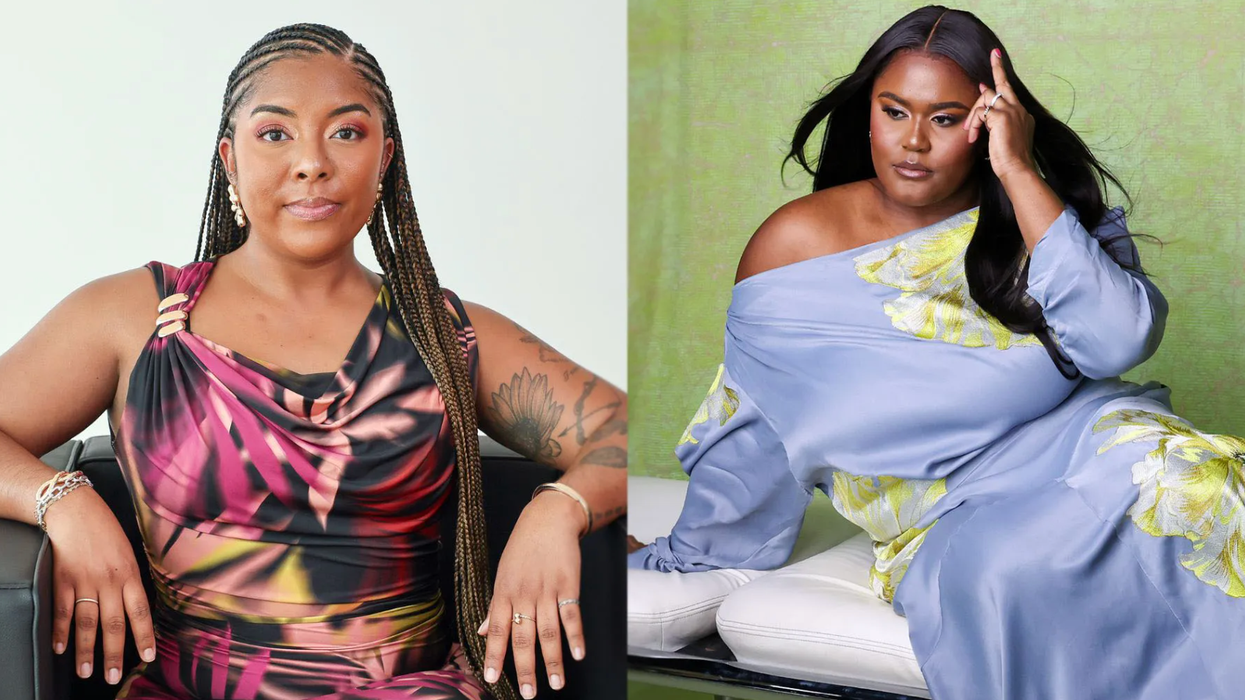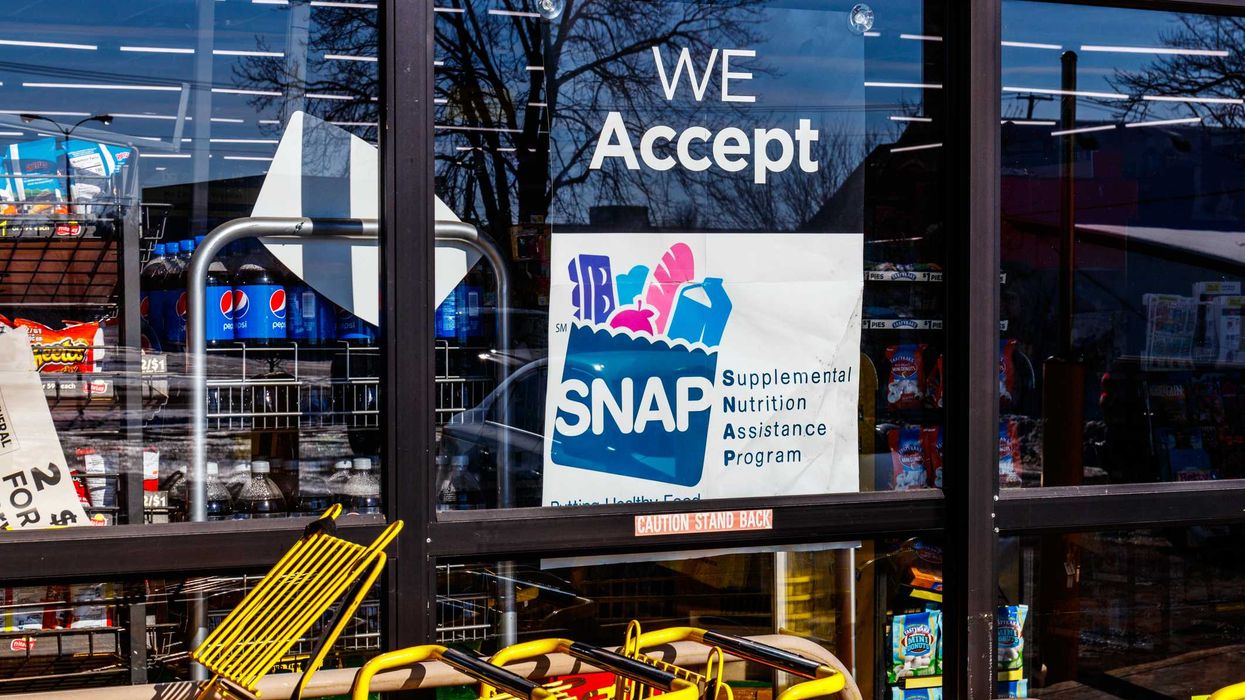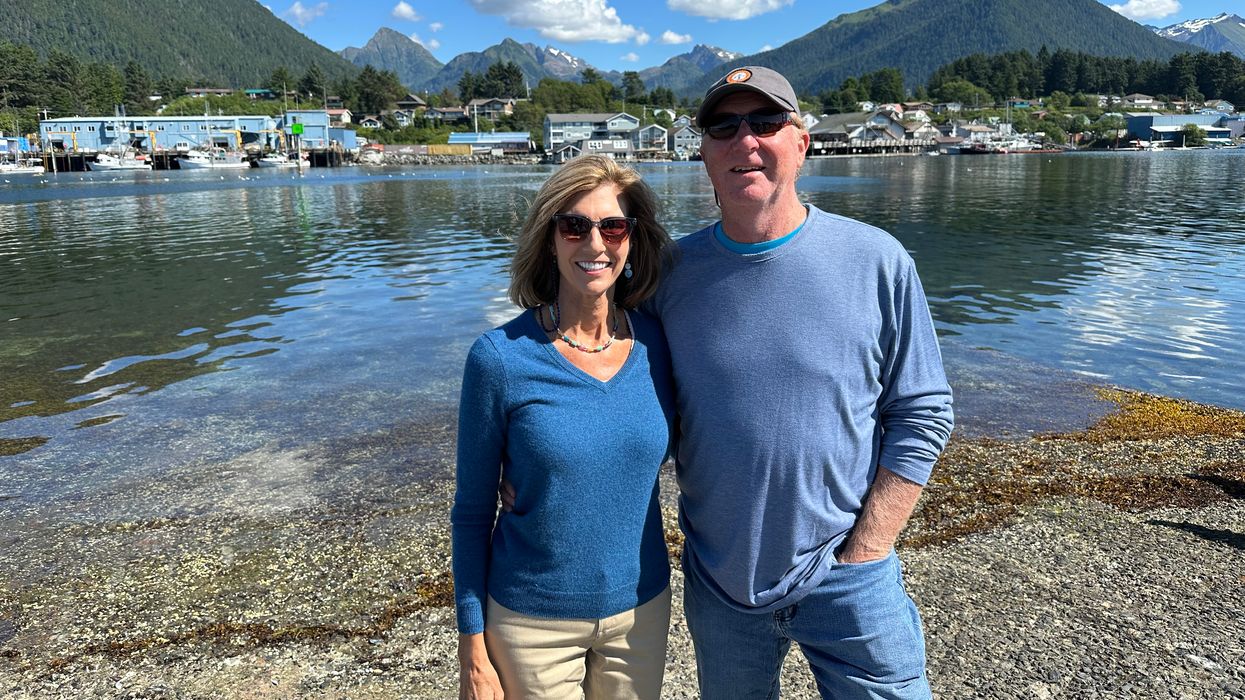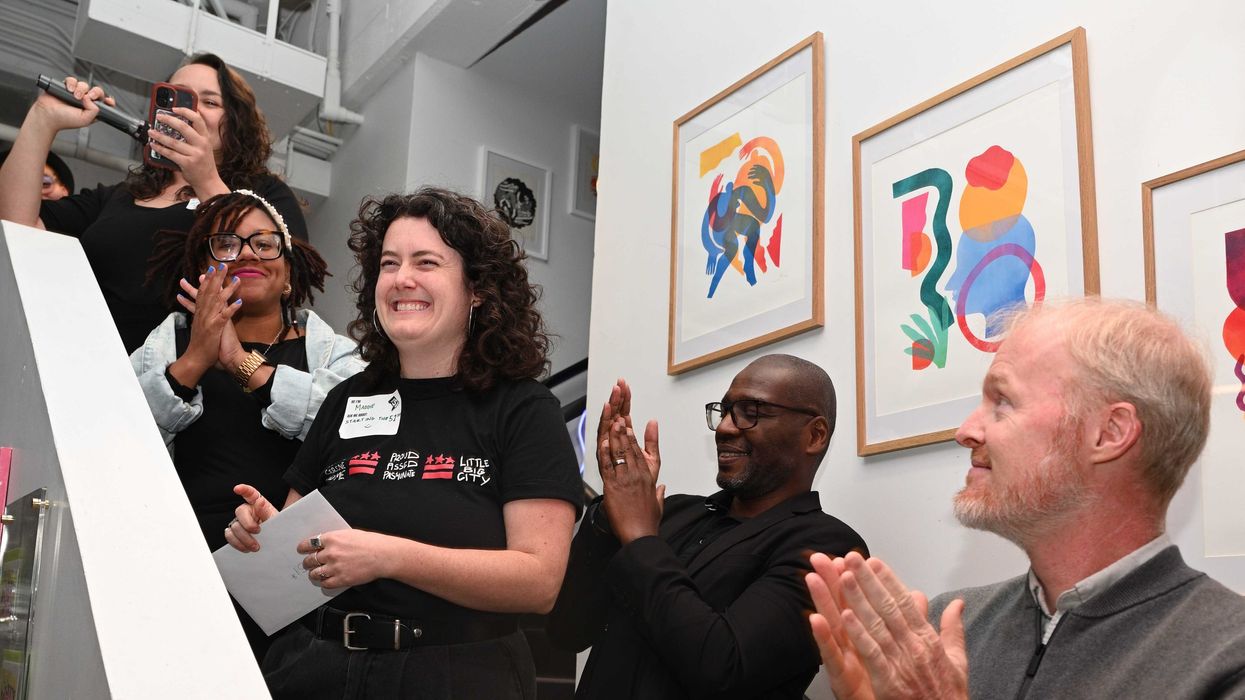For the last decade, Teen Vogue has been an unexpected source of some of the most searing progressive political analysis in American media. It’s a pivot the publication began in April 2016 when Elaine Welteroth took over as leader. She became the publication’s second editor in chief, and the second Black person ever to hold that title under the publishing giant Condé Nast.
Previously focused mostly on teen style trends and celebrity red carpet looks, the magazine’s website soon included headlines like “Trauma From Slavery Can Actually Be Passed Down Through Your Genes” and “Donald Trump Is Gaslighting America.” Readers took notice: Between January 2016 and January 2017, web traffic reportedly grew from 2.9 million U.S. visitors to 7.9 million.
But that era could be over.
On November 3, Condé Nast announced that the Vogue brand would absorb Teen Vogue, resulting in the layoffs of at least six staffers, “most of whom are BIPOC women or trans” according to a statement released by the Condé Union.
Both in 2016 and now, the changes at Teen Vogue reflect a larger political and cultural moment taking place throughout the country. Eleven years ago, conversations about race, gender and systemic inequity began to take a more prominent place in media and politics, leading to an expansion of diversity in hiring and messaging across industries. But the journalists brought in to help build trust and strengthen credibility on anti-trans legislation, grassroots activism and more, are being pushed back toward the margins.
“It sucks that it always seems to come down to the most diverse people in the room being let go,” said Aiyana Ishmael, 27, who was laid off from her position as Teen Vogue’s style editor this month. She and culture editor Kaitlyn McNab say they were the last two Black women working full time on Teen Vogue’s editorial team. Now, they are both gone.
“It just shows that we still have so much work to do when it comes to actual longstanding progression of having diverse voices in newsrooms,” she said, adding: “It’s about who deserves to stay and who doesn’t? Who gets moved around to another sector, and who do you choose to just throw away?”
Newsroom restructuring at major broadcast networks has led to the cancellation of shows this year with women of color anchors, including “The ReidOut with Joy Reid” and “Alex Wagner Tonight.” Last month, NBC cut its identity-focused platforms NBC BLK, NBC Latino, NBC Asian America and NBC Out — teams that were all led by women.
 Aiyana Ishmael interviews singer Tanner Adell onstage at the 2025 Teen Vogue Summit in Los Angeles. (Anna Webber/Getty Images for Teen Vogue)
Aiyana Ishmael interviews singer Tanner Adell onstage at the 2025 Teen Vogue Summit in Los Angeles. (Anna Webber/Getty Images for Teen Vogue)
There are no specific figures tracking journalism job losses among women of color; however, one survey published by the Institute for Independent Journalists found that while women represent 46 percent of the journalism workforce, they comprised 68 percent of respondents who experienced layoffs or buyouts between 2022 and 2024. Separately, 42 percent of survey respondents who experienced a buyout or layoff were people of color, though they make up about 17 percent of the journalism industry.
Reporter Hanaa’ Tameez with the Nieman Journalism Lab analyzed 169 full-time journalism jobs related to race, diversity, and equality that were posted and filled between June 2020 and December 2024. As of summer 2025, 34 percent of these positions have been eliminated.
While the news industry has long experienced financial challenges in the digital media era, the idea that journalists of color and queer journalists are simply the collateral damage of these financial trends “is an excuse that never rings right to me,” said Dr. Sherri Williams, an associate professor of journalism at American University who researches race in media and communications.
“This is really justification for newsrooms to stop doing what they never really wanted to do in the first place,” Williams said.
The news of Teen Vogue layoffs came as a complete shock to Ishmael. For her and several others she worked with, Teen Vogue was their first full-time job in journalism.
She was 18 when Teen Vogue began its transition to more inclusive and political coverage. Growing up as a tall, dark-skinned, plus-size Black woman in Florida, she did not see many women who looked like her on the pages of glossy magazines or fashion blogs.
“Usually I was very invisible, made fun of, not the one that people saw as this interesting and cool person,” Ishmael said. That reality took a turn for the better after she landed her “first big-girl job,” at Teen Vogue four years ago. Ishmael started as an editorial assistant and worked her way up to an associate editor position before being promoted to the publication’s style editor this October, just weeks before she was laid off.
But Ishmael made her mark on the organization. She created a viral series CTRL+C, replicating the style of celebrities like Zendaya and Dua Lipa for plus-size bodies. She successfully pitched putting Olympic gymnast Jordan Chiles on the July 2024 digital cover, and star Louisiana State University basketball player Flau’jae Johnson on September 2025 digital cover.
Ishmael’s North Star in this work has been to stay true to herself and her values, inspired by Welteroth’s legacy. But as time went on, Ishmael said she started to see the numbers of Black women on the editorial staff dwindle, until only she and McNab remained.
“I think in general, you just get sad, not specifically at Teen Vogue, but Condé Nast-wide. We have so many group chats between all the Black staffers and then smaller groups of cohorts. We really stuck together,” Ishmael said. “Condé Nast-wide we’ve seen in the last couple of years, Black women leaving and Black people in general leaving.”
In interviews, Welteroth explained that when she and her team took over, they wanted to better represent the diverse perspectives and interests of teens and young adults.
“There are stereotypes that exist, unfortunately, particularly around young people and young girls, and I think we need to do the work to break those stereotypes down,” Welteroth told NPR in 2019.
“The day that article — ‘Trump is Gaslighting America’ — was published, we sold, in that month, more copies of the magazine than we had that entire year,” she continued. “And that trend continued because Teen Vogue emerged as the voice of a new generation of politically engaged, socially conscious young people. And the world just wasn’t ready.”
When Welteroth took the helm in 2016, the Black Lives Matter movement was bringing renewed attention to police brutality and systemic racism in the criminal legal system. President Donald Trump’s first presidential campaign stoked preexisting racial anxieties by characterizing Brown and Black undocumented immigrants as “murderers” and “rapists,” and Black Lives Matter protesters as “thugs.”
To meet this moment, newsrooms expanded identity-related coverage between 2015 and 2022, particularly in the nonprofit news space. In addition to legacy newsrooms like the Associated Press, The Washington Post and USA Today hiring more race and identity specific reporters, new nonprofits like Prism, MLK 50, Scalawag Magazine, Capital B, The Emancipator, TransLash, El Tímpano — and The 19th — were founded with missions to report on marginalized communities. Of those eight nonprofits, all were founded or led by women, seven by women of color, five by Black women.
Nonprofit news organizations whose primary mission is serving communities of color nearly doubled from 26 to 50 organizations between 2017 and 2021, according to the Institute for Nonprofit News.
While not a nonprofit, Teen Vogue played a role in paving the way for more diversity, both through its content and its hiring behind the scenes, Williams said. The publication gave dozens of young writers from diverse backgrounds their first major bylines. In 2021, for example, Williams partnered with Teen Vogue to publish five stories written by her students marking the anniversary of George Floyd’s killing by a police officer in Minneapolis and how it sparked national protests and a so-called “racial reckoning.”
“What I think Teen Vogue showed the rest of the industry is that there is an appetite for these stories. People are actually interested in these stories,” she said. Williams noted that Welteroth got her start in journalism at Ebony Magazine, a women’s publication previously owned by the Johnson Publishing Company, which played a prominent role in documenting the Civil Rights Movement and brutality against Black people.
“I think of everything that’s happening right now in this time: corporate media is failing us, but ethnic media, queer media, women’s media is not,” Williams continued. “So, what I think that Elaine did is she took some of those sensibilities from Black media and applied it to Teen Vogue, centering marginalized people and groups and really amplifying their concerns and addressing them in a substantive way that was bold and fearless.”
Welteroth’s team did not get back to The 19th’s request for an interview, but in previous interviews she has stated that during her time at Ebony she “learned how to lift up the underdog and be the underdog.” She left Teen Vogue in 2018, and the publication’s second Black woman editor, Lindsay Peoples, took over until 2021.
In a statement posted to Teen Vogue’s social media accounts on Tuesday, the publication said, “Our mission remains the same: to offer a critical and distinctive point of view about the things that spark passion and purpose among young people today.” It’s unclear if and how the staffing changes will affect Teen Vogue’s coverage, but Ishmael and Williams both emphasized that layoffs affecting journalists of color, LGBTQ+ journalists and women journalists extend beyond one publication.
Diverse journalism roles were already on the decline prior to Trump’s second term. But the current administration’s crackdown on hiring and practices that promote diversity, equity and inclusion (DEI) has given a green light for restrictions across industries. Nationwide, workers of color, particularly Black women, bear the brunt of job losses in 2025. In the first three months this year, an estimated 300,000 Black women lost jobs.
When places like Teen Vogue, NBC, CBS and beyond lose racial and gender diversity on their staff, they lose the ability to not only elevate stories from the Black community, for example, but they also lose the ability to capture nuances and perspectives from different Black communities, Ishmael said.
Williams said that the audience will lose out on relevant context “that helps us understand why we are where we are in our society.” There may be stories of inequality that get missed, she added, but she encourages them to be strategic by supporting the outlets that remain.
“Now it is just time for the audience — the readership — to really put its money where its mouth is,” Williams said. “Really get serious about trying to maintain the media that is still around that has a commitment for centering communities that are never going to get the kind of coverage that they deserve.”
Candice Norwood is a reporter for The 19th who covers general assignment news.
Teen Vogue Changed How a Generation Saw Politics and Inclusion. That Era Could Be Over. was originally published by The 19th and is republished with permission.


